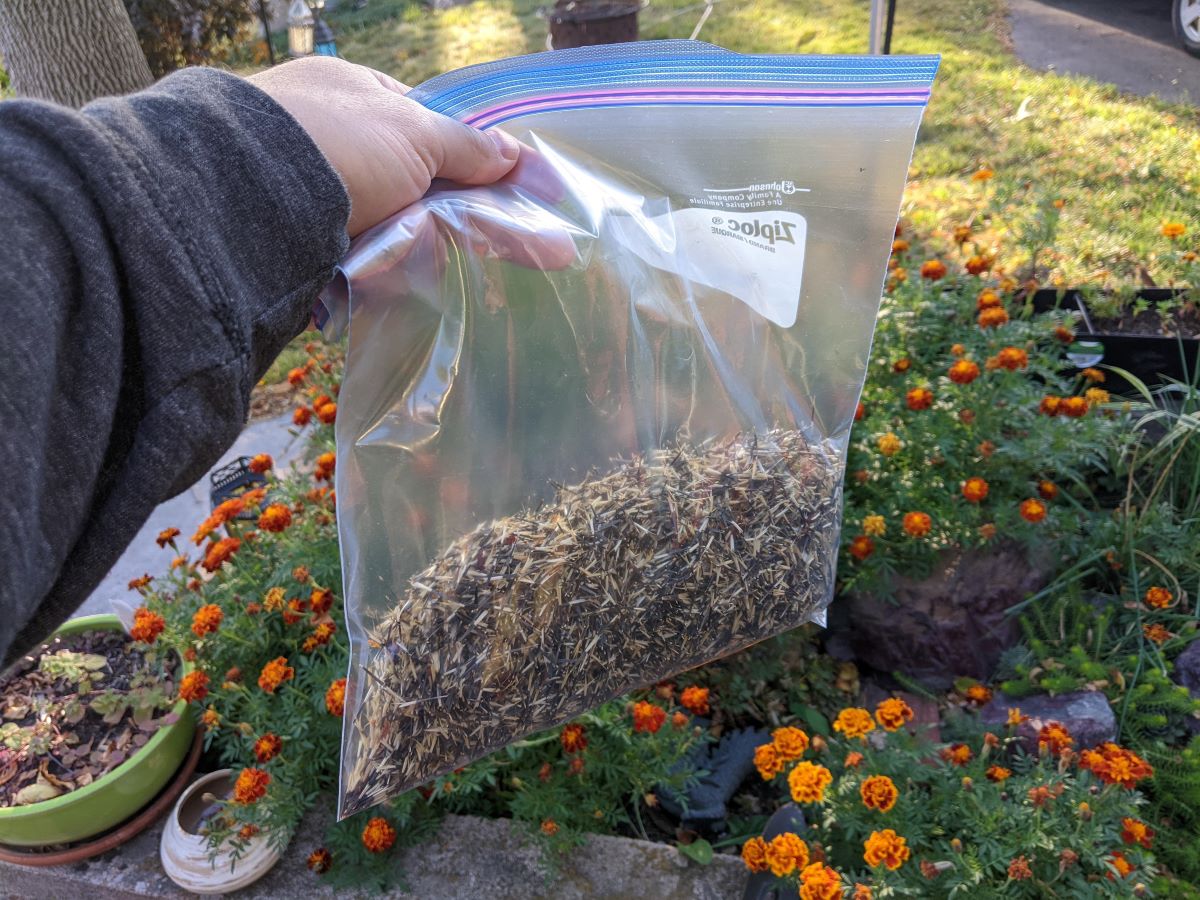

Articles
How To Store Marigold Seeds For Next Year
Modified: March 24, 2024
Learn how to store marigold seeds for next year in this informative article. Ensure the longevity of your seeds and have a beautiful garden year after year.
(Many of the links in this article redirect to a specific reviewed product. Your purchase of these products through affiliate links helps to generate commission for Storables.com, at no extra cost. Learn more)
Introduction
Marigolds are a popular and vibrant addition to any garden. With their bright colors and delightful fragrance, they bring joy and beauty to outdoor spaces. If you’ve grown marigolds in your garden, you may have wondered how to save their seeds for the next year. Storing marigold seeds is a simple and rewarding process that allows you to continue enjoying these stunning flowers season after season.
By harvesting and storing marigold seeds, you can save money on buying new seeds each year and preserve the specific characteristics of your favorite marigold varieties. Whether you prefer the large, showy French marigolds or the slender, dainty signet marigolds, storing their seeds will ensure that you can cultivate them again in the future.
In this article, we will explore the importance of storing marigold seeds, when to harvest them, how to properly harvest and clean the seeds, and tips for successful seed storage. So, let’s delve into the world of marigold seeds and learn how to store them for future use.
Key Takeaways:
- Save money and preserve your favorite marigold varieties by storing their seeds. Enjoy the freedom to customize your garden and promote self-sustainability in your gardening endeavors.
- Harvest, clean, and store marigold seeds properly to ensure their longevity and successful germination. Follow best practices and tips for successful seed storage to maintain seed viability.
Read more: How To Save Pepper Seeds For Next Year
Why Store Marigold Seeds?
Storing marigold seeds offers several advantages for gardeners. Here are a few reasons why you should consider saving marigold seeds:
- Cost savings: By storing marigold seeds, you can avoid the expense of purchasing new seeds each year. This can be especially beneficial if you have a large garden or want to grow marigolds in multiple locations.
- Preserve preferred varieties: If you have specific marigold varieties that you absolutely love, storing their seeds allows you to maintain and grow those varieties in future seasons. This is particularly important for heirloom or rare varieties that may not be readily available commercially.
- Customization: Storing marigold seeds gives you the freedom to customize and experiment with your garden. You can select and save seeds from plants that exhibit desirable traits such as color, size, or fragrance. Over time, you can develop your own unique marigold varieties that suit your personal taste.
- Self-sustainability: Saving and storing seeds promotes self-sufficiency in gardening. Instead of depending on seed suppliers, you can rely on your own saved seeds to grow marigolds year after year. This is especially advantageous if you have limited access to seed sources or in situations where seeds may become scarce.
Additionally, storing marigold seeds allows you to share your gardening success with friends, family, and fellow garden enthusiasts. You can gift them the seeds or even start a seed exchange program. Sharing seeds not only fosters a sense of community but also helps preserve the biodiversity of marigold varieties.
Now that we understand the benefits of storing marigold seeds, let’s explore when and how to harvest these seeds from your marigold plants.
When to Harvest Marigold Seeds
Knowing the right time to harvest marigold seeds is essential for successful seed saving. Harvesting the seeds too early may result in immature seeds that won’t germinate, while waiting too long can lead to seeds that have already dispersed or deteriorated. Here are some key indicators to determine when to harvest marigold seeds:
- Flower Fading: The first sign that marigold seeds are approaching maturity is when the flowers start to fade. The vibrant petals will begin to lose their color and appear dry or papery.
- Seed Head Formation: As the flower fades, the seed head will start to develop at the base of the faded petals. The seed head will gradually increase in size and become more prominent over time.
- Drying of Seed Head: Once the seed head forms, you’ll notice it turning brown and becoming dry. This indicates that the seeds are nearing maturity and are ready for harvesting.
- Presence of Black Seeds: When the seed head is fully dried, it’s time to check the seeds inside. Gently rub the seed head between your fingers, and you should see the tiny black marigold seeds being released.
It’s important to note that marigold seeds don’t all mature at the same time. This means that you might need to harvest the seeds in stages as they become ready. Keep an eye on each individual marigold plant and harvest the seeds as soon as the seed head is completely dry and the black seeds are easily released.
In general, the best time to start harvesting marigold seeds is towards the end of the growing season, typically in late summer or early fall. By harvesting the seeds during this period, you’ll ensure that they have had enough time to mature on the plant.
Now that you know when to harvest marigold seeds, let’s move on to the next step: how to properly harvest and clean the seeds for storage.
How to Harvest Marigold Seeds
Harvesting marigold seeds is a straightforward process that requires minimal equipment. Here’s a step-by-step guide on how to harvest marigold seeds:
- Selecting the Plants: Choose the healthiest and most robust marigold plants to harvest seeds from. Look for plants that have produced abundant flowers and demonstrate desirable traits that you want to preserve in future generations.
- Identifying Seed Heads: Once the flowers start to fade and dry up, inspect the base of the flower where the seed head will form. It usually appears as a small round cluster of seed pods.
- Wait for Seed Head Dryness: Allow the seed heads to fully mature and dry on the plant. The seed heads will turn brown or beige and become dry and papery to the touch. This ensures that the seeds inside have reached maturity.
- Collecting Seed Heads: Once the seed heads are completely dry, carefully snip or pinch them off the plant. Place them in a clean container or paper bag to prevent the seeds from dispersing prematurely.
- Releasing the Seeds: Gently crush the dry seed heads with your fingers or rub them between your hands to release the seeds. It’s important to do this over a clean surface or container to avoid losing any seeds.
- Separating Debris: After releasing the seeds, you may notice some plant debris, such as dried petals or stem fragments, mixed in with the seeds. To separate the debris from the seeds, use a fine-mesh sieve or a seed screen. Gently shake or sift the seeds to remove any unwanted material.
- Final Seed Inspection: Once the seeds are separated from any debris, take a closer look at them. Discard any discolored or shriveled seeds, as these are unlikely to germinate.
Following these steps will ensure that you harvest mature and viable marigold seeds for storage. Now that you have harvested the seeds, the next step is to clean and dry them properly before storing.
After the marigold flowers have faded, allow the seed heads to dry on the plant. Once dry, collect the seeds and store them in a cool, dry place in an airtight container until the following year.
Cleaning and Drying Marigold Seeds
Properly cleaning and drying marigold seeds is crucial to ensure their longevity and viability in storage. Here are the steps to clean and dry marigold seeds:
- Remove Large Debris: Before cleaning, visually inspect the harvested seeds for any large debris such as pieces of seed head or plant matter. Gently remove these using your fingers or tweezers.
- Soak in Water: Place the seeds in a small bowl or container and cover them with water. Stir the seeds gently to dislodge any remaining dirt or residue. Allow the seeds to soak for about 10 minutes.
- Rinse Thoroughly: Pour the seeds and water through a fine-mesh sieve or strainer to separate the seeds from the water and debris. Rinse the seeds under running water while swirling them gently to remove any remaining dirt or impurities.
- Spread on Paper Towels: After rinsing, spread the seeds in a single layer on a few layers of paper towels. Make sure the seeds are evenly distributed and not clumped together. Pat them gently with another layer of paper towel to absorb any excess moisture.
- Air Dry: Place the paper towels with the spread-out seeds in a warm, well-ventilated area. Avoid direct sunlight or extreme heat as this can damage the seeds. Allow the seeds to air dry for at least one to two weeks, or until they are completely dry and brittle to the touch.
- Seed Testing: Once the seeds are dry, perform a germination test to ensure their viability. Place a few seeds on a damp paper towel and fold it over to create a moist environment. Keep the paper towel moist and observe the seeds for signs of germination over the next few days.
If the majority of the seeds in the test germinate, it indicates that your storage and drying methods have been successful. If a significant number of seeds fail to germinate, it may be necessary to re-evaluate your drying process or consider obtaining fresh seeds.
With the marigold seeds cleaned and dried, you’re now ready to store them properly to ensure their longevity and successful germination in the future. Read on to learn about the best practices for storing marigold seeds.
Read more: How To Store Bulbs For Next Year
Storing Marigold Seeds
Proper storage is essential for maintaining the viability and quality of marigold seeds over time. Here are the steps to store marigold seeds:
- Dry the Seeds Completely: Ensure that the marigold seeds are completely dry before storage. Any moisture left in the seeds can lead to mold or rot during storage, reducing their viability. Seeds should be brittle and break easily when pressure is applied.
- Choose Suitable Containers: It’s important to store marigold seeds in airtight containers that can prevent moisture or humidity from reaching the seeds. Consider using small glass jars, plastic seed storage containers, or envelopes specifically designed for long-term seed storage.
- Label and Date the Containers: Clearly label each container with the variety of marigold seeds it contains and the date of storage. This will help you easily identify and keep track of your stored seeds, ensuring that you use the oldest seeds first.
- Place Desiccant Packs: To further protect the seeds from moisture, consider including desiccant packs or a small packet of silica gel in each storage container. These can help absorb any excess moisture and maintain the dryness of the seeds.
- Store in a Cool and Dark Location: Find a cool, dark, and dry location to store your marigold seed containers. Ideally, the temperature should be between 32°F (0°C) and 41°F (5°C). Avoid storing the seeds in areas prone to temperature fluctuations or direct sunlight.
- Check for Moisture Regularly: Periodically check the stored seeds for any signs of moisture or mold. If you notice any, immediately remove the affected seeds and dry them thoroughly before returning them to storage containers.
- Keep Detailed Seed Inventory: It’s beneficial to maintain a detailed inventory of your stored marigold seeds. Note the variety, date of storage, and any additional information such as germination rates. This will help you stay organized and plan your gardening activities accordingly.
By following these steps, you can ensure that your stored marigold seeds remain viable and ready for planting in the future. With proper storage, marigold seeds can retain their germination capacity for up to 2-3 years, although viability may decrease over time.
Now that you know how to store marigold seeds, let’s explore a few additional tips for successful seed storage.
Tips for Successful Seed Storage
To maximize the longevity and viability of your stored marigold seeds, consider the following tips:
- Choose High-Quality Seeds: Start with high-quality seeds from healthy and vigorous marigold plants. The better the quality of the initial seeds, the more likely they are to remain viable during storage.
- Store Seeds Separately: It’s best to store marigold seeds from different varieties separately to maintain their genetic purity. This will prevent cross-pollination and preserve the unique characteristics of each variety.
- Optimal Seed Temperature: While a cool temperature is ideal for marigold seed storage, avoid freezing temperatures as they may damage the seeds. Aim for a consistent cool temperature between 32°F (0°C) and 41°F (5°C).
- Avoid Moisture: Moisture is the enemy when it comes to seed storage. Make sure the seeds are completely dry before storing them and keep them away from any sources of moisture, including humidity and condensation.
- Regularly Rotate Seeds: To maintain seed viability, it’s advisable to use and replenish your stored marigold seeds within a few years. Regularly rotate the seeds by using the older seeds first and replenishing your storage with fresh seeds.
- Properly Seal Containers: Ensure that your storage containers are properly sealed to avoid any moisture or pests from entering. Make sure lids are tightly secured to maintain an airtight environment.
- Dark Storage: Store your marigold seed containers in a dark place to protect them from exposure to light. Light can trigger premature germination or cause seed deterioration over time.
- Keep Seed Storage Consistent: Fluctuations in temperature or humidity can negatively impact seed viability. Choose a storage location that maintains consistent conditions throughout the year to provide a stable environment for the seeds.
- Test Germination Periodically: To ensure seed viability, perform germination tests periodically. This will help you determine the germination rate and identify any decline in seed viability over time.
- Consider Multiple Storage Locations: For added security, consider storing duplicate sets of your marigold seeds in different locations. This can safeguard against potential loss due to unexpected events like fire or natural disasters.
Following these tips will greatly increase the chances of preserving the viability and quality of your stored marigold seeds for future planting.
With the knowledge of how to store marigold seeds and these additional tips, you’re ready to embark on the journey of saving and utilizing your own marigold seeds in your garden. Happy gardening!
Conclusion
Storing marigold seeds is a rewarding and cost-effective way to continue enjoying these beautiful flowers year after year. By harvesting and properly storing marigold seeds, you can preserve your favorite varieties, customize your garden, and promote self-sustainability in your gardening endeavors.
Knowing when to harvest marigold seeds is crucial for successful seed saving. Look for signs such as faded flowers, seed head formation, drying of the seed head, and the presence of black seeds to determine the optimal time for harvesting. Once harvested, ensure the seeds are cleaned and dried thoroughly to maintain their viability during storage.
Proper storage is essential to prolong the life of marigold seeds. Choose airtight containers, label them appropriately, and store the seeds in a cool, dark, and dry location. Regularly check for moisture or mold and periodically test seed germination rates to assess their viability.
By following the tips provided, you can maintain the quality and viability of your stored marigold seeds, allowing you to enjoy the vibrant and fragrant blooms season after season. Take pride in the self-sufficiency and customization that comes with preserving and using your own marigold seeds in your garden.
So, let your love for marigolds flourish as you embark on the journey of seed saving and storage. With a little effort and care, you’ll have an abundant supply of marigold seeds ready to sow and bring beauty to your garden for many years to come.
Frequently Asked Questions about How To Store Marigold Seeds For Next Year
Was this page helpful?
At Storables.com, we guarantee accurate and reliable information. Our content, validated by Expert Board Contributors, is crafted following stringent Editorial Policies. We're committed to providing you with well-researched, expert-backed insights for all your informational needs.
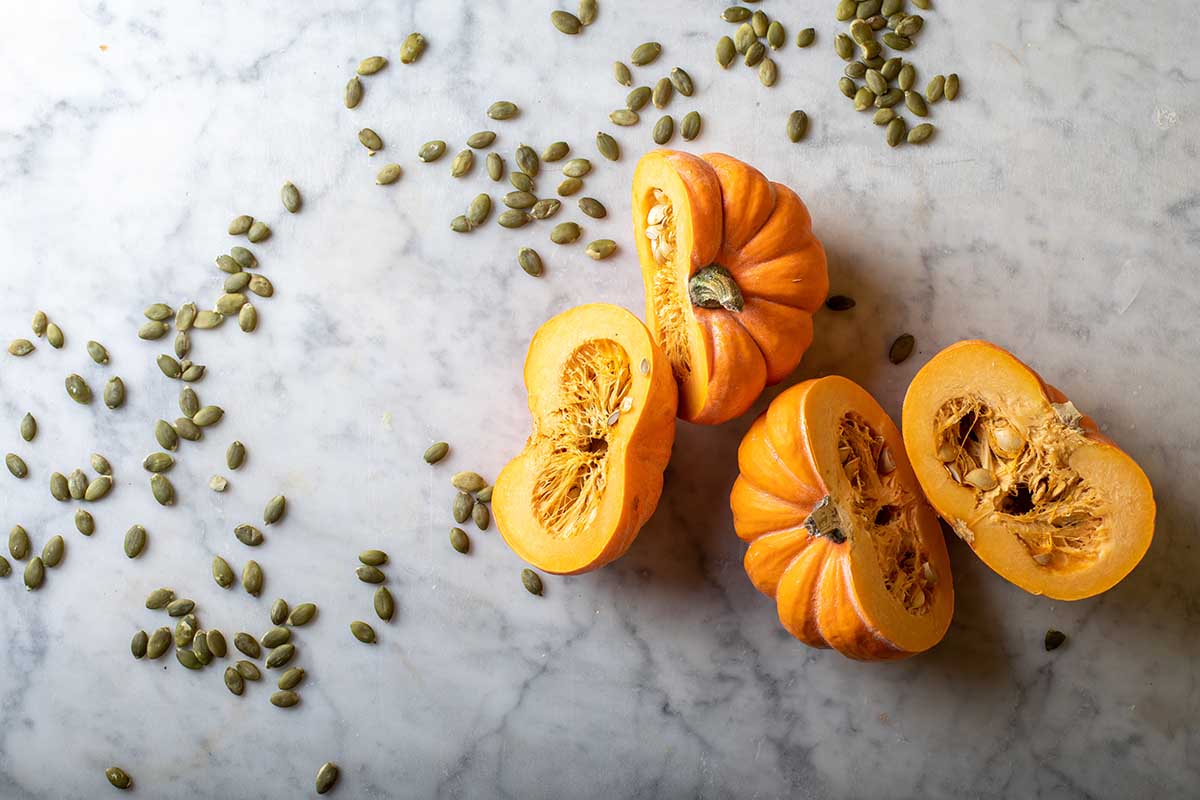
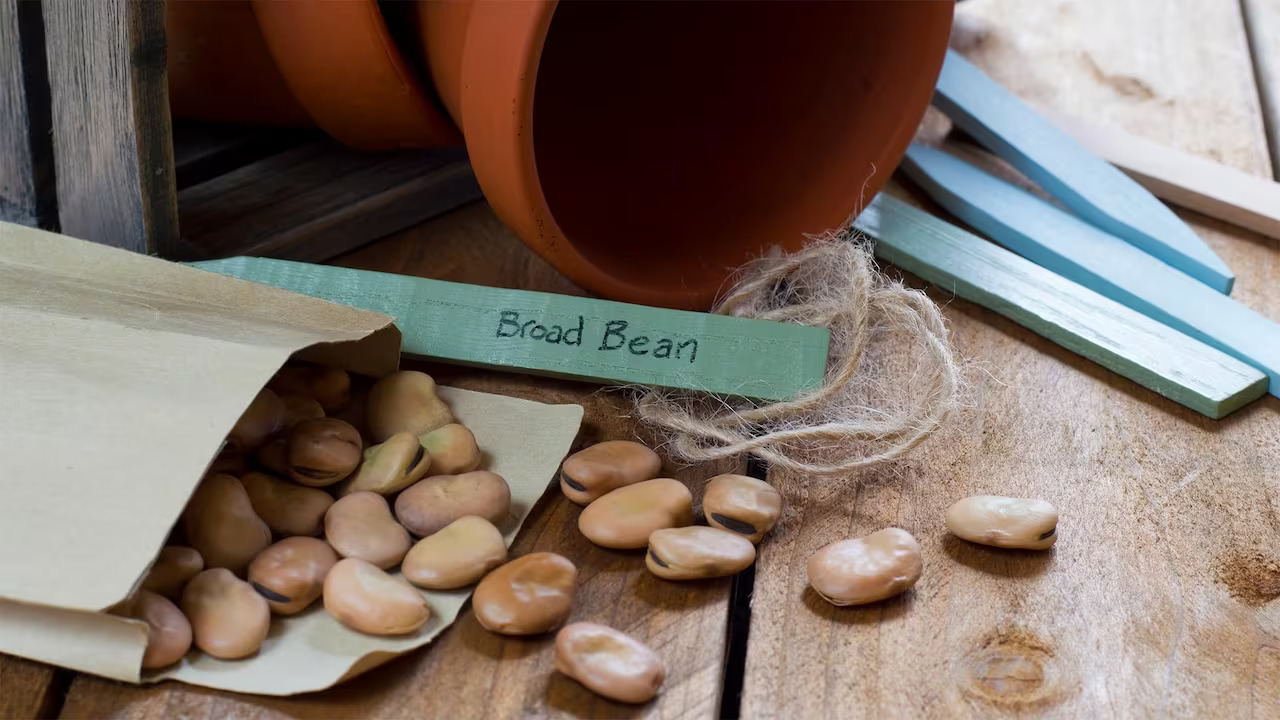
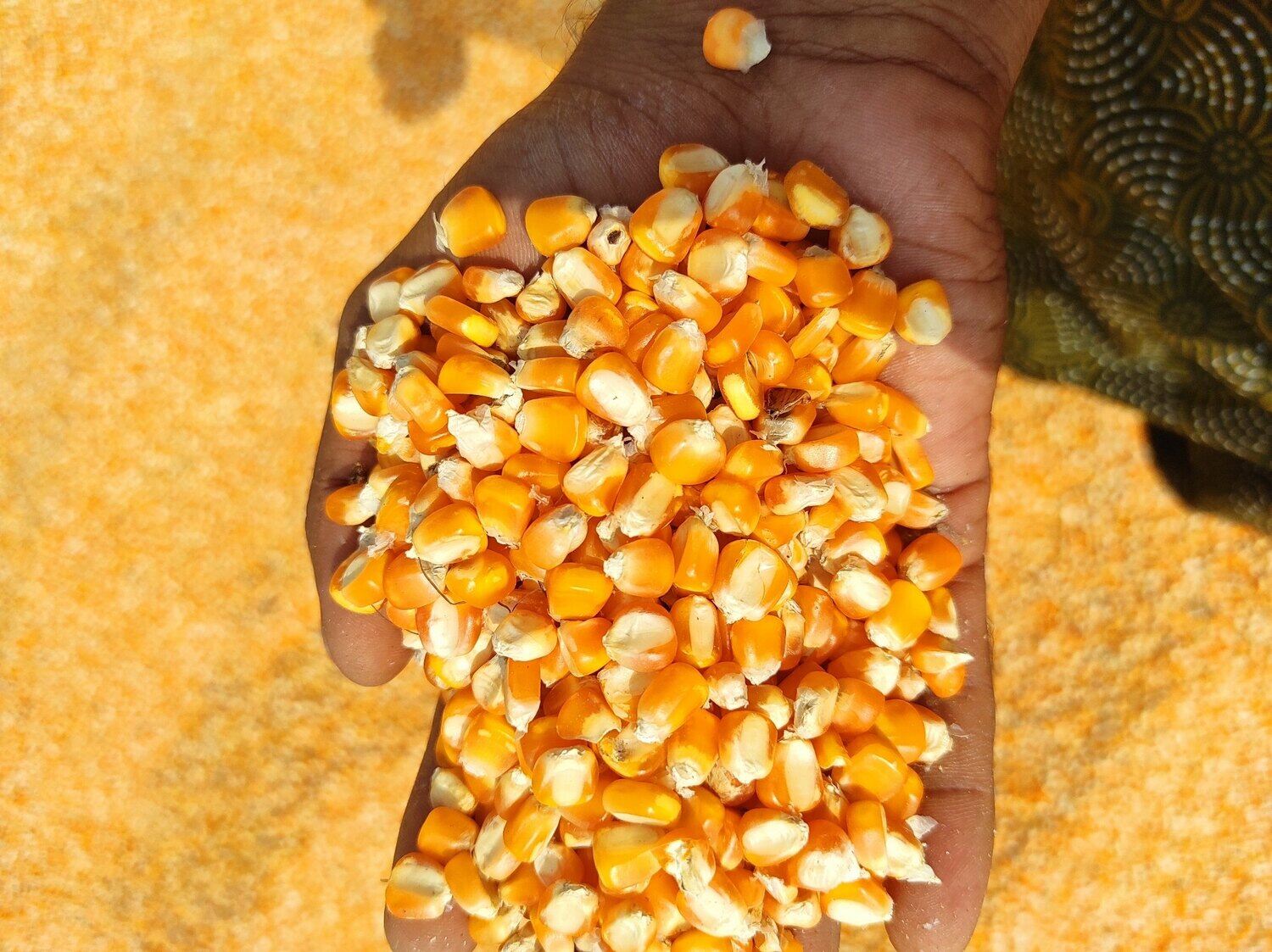
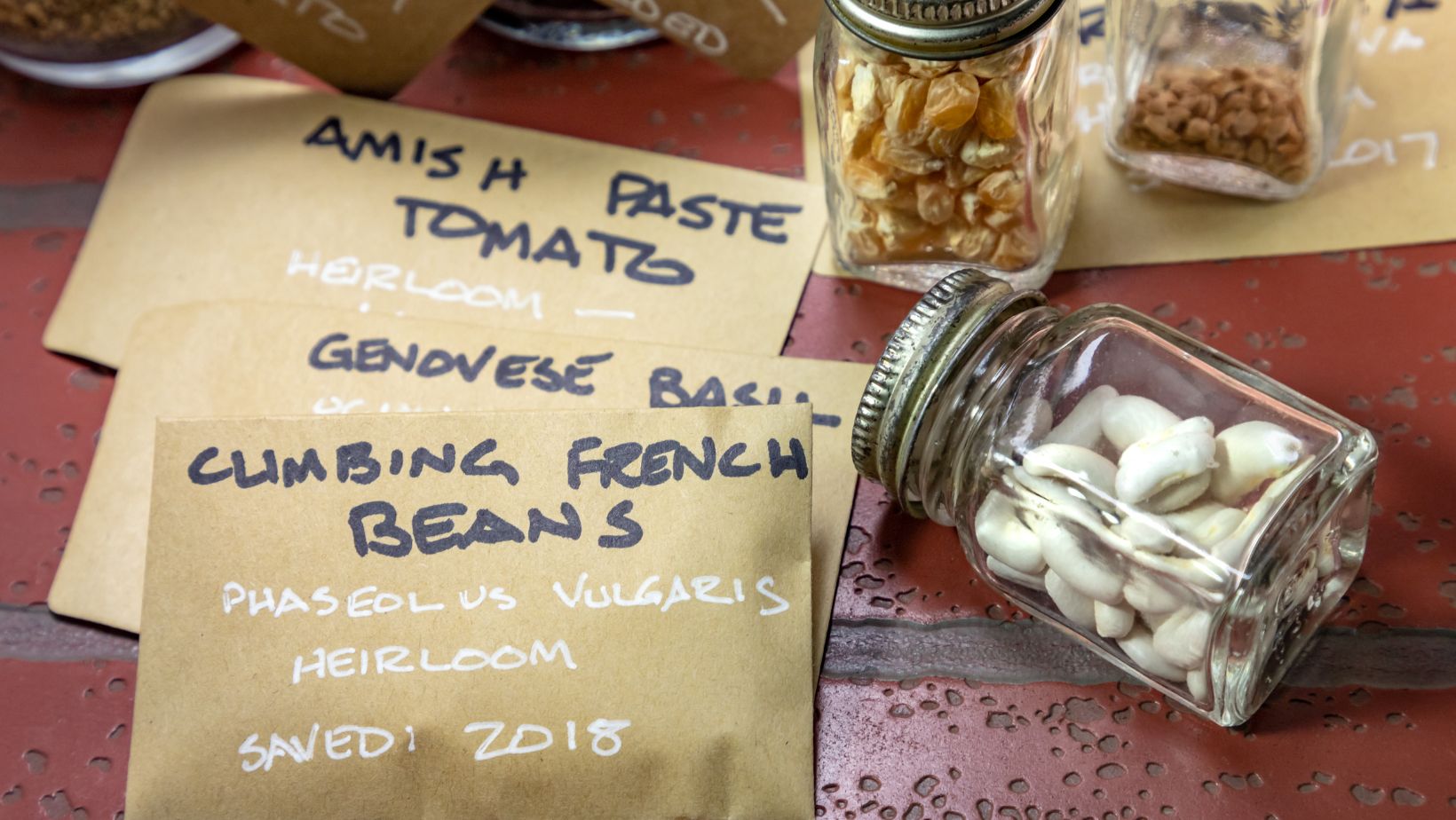
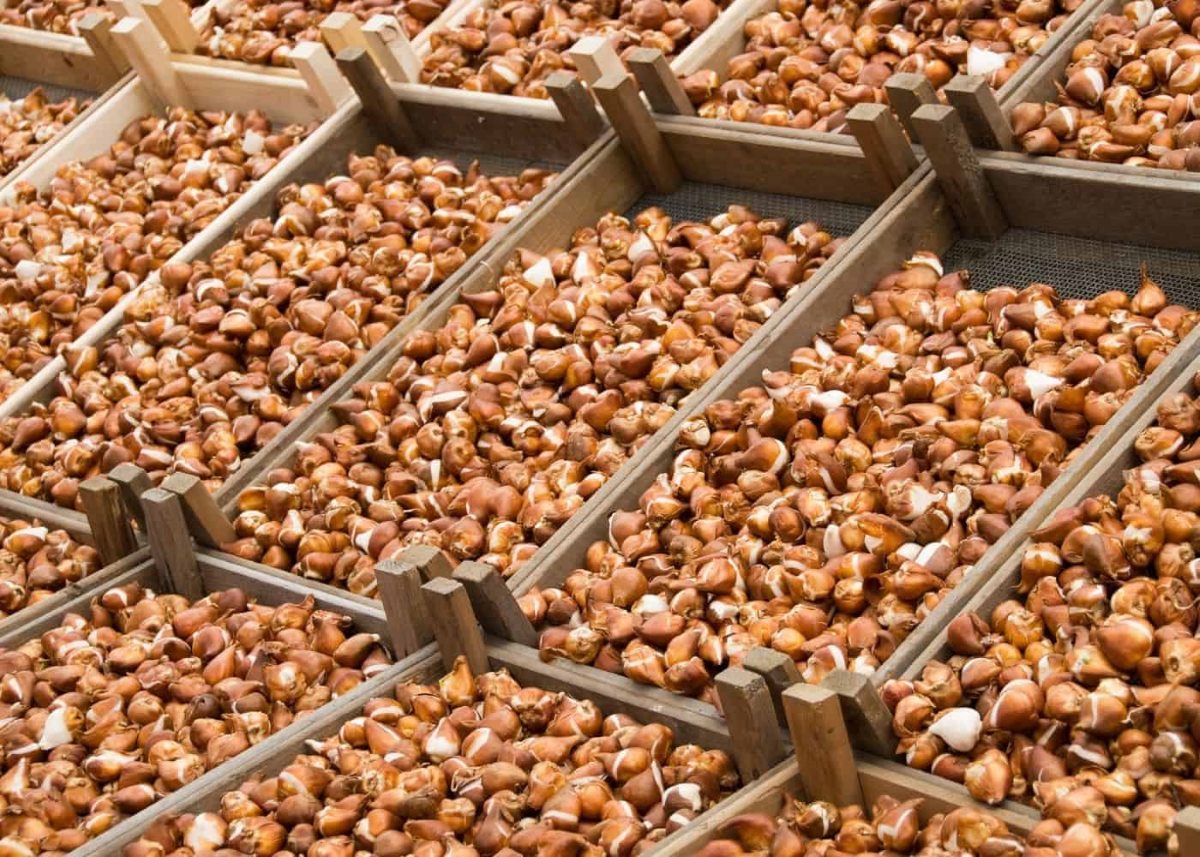
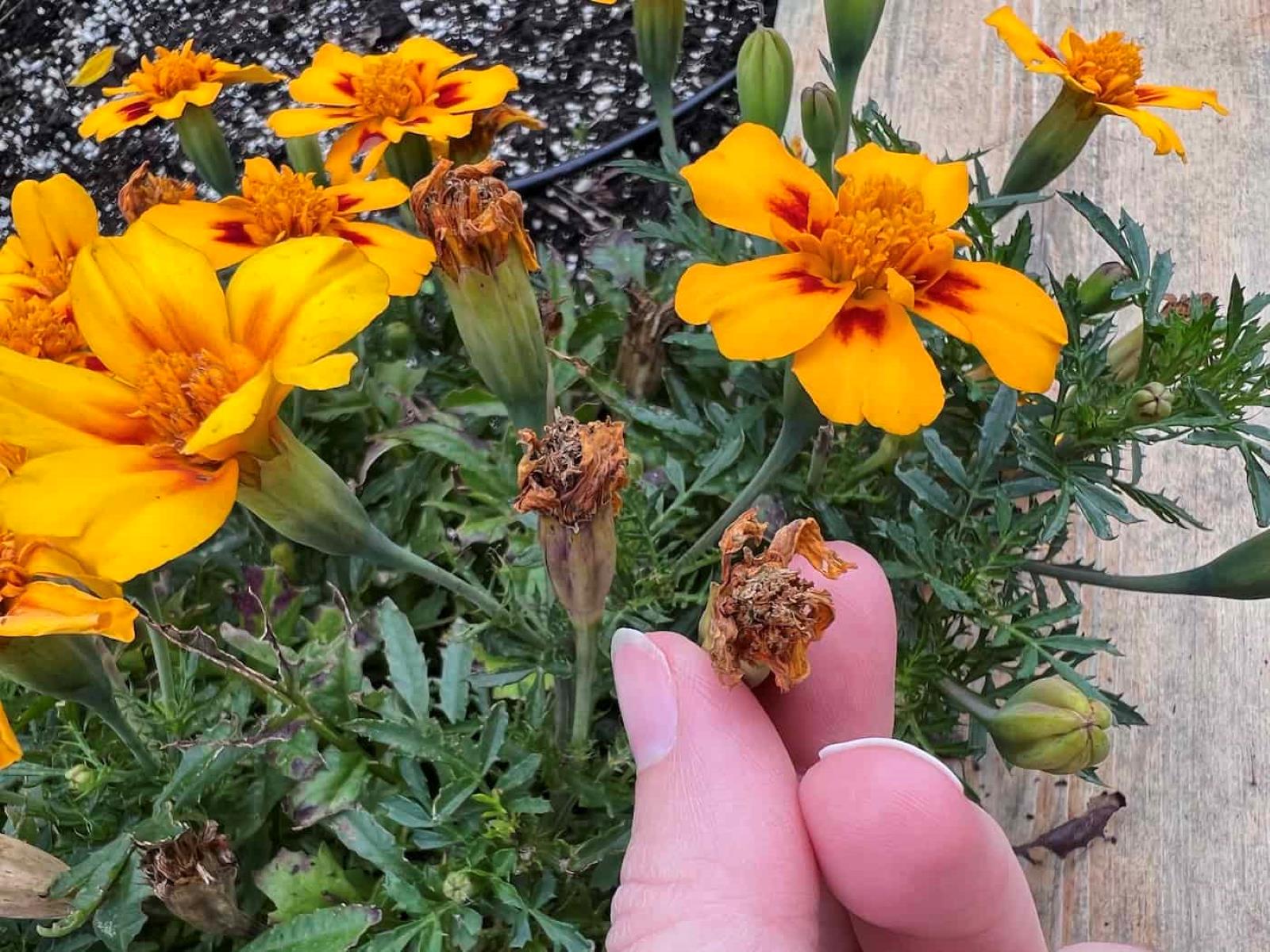
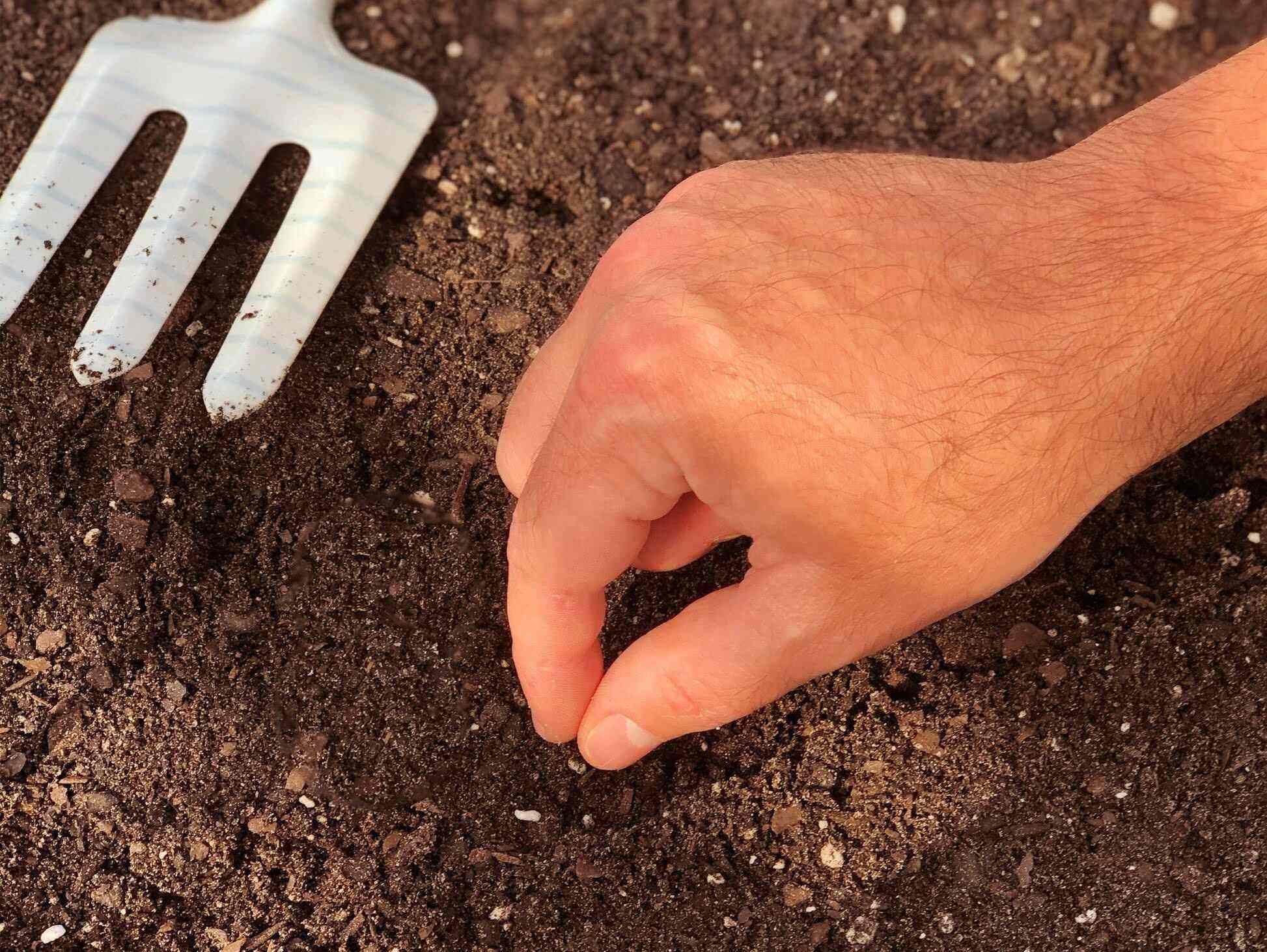
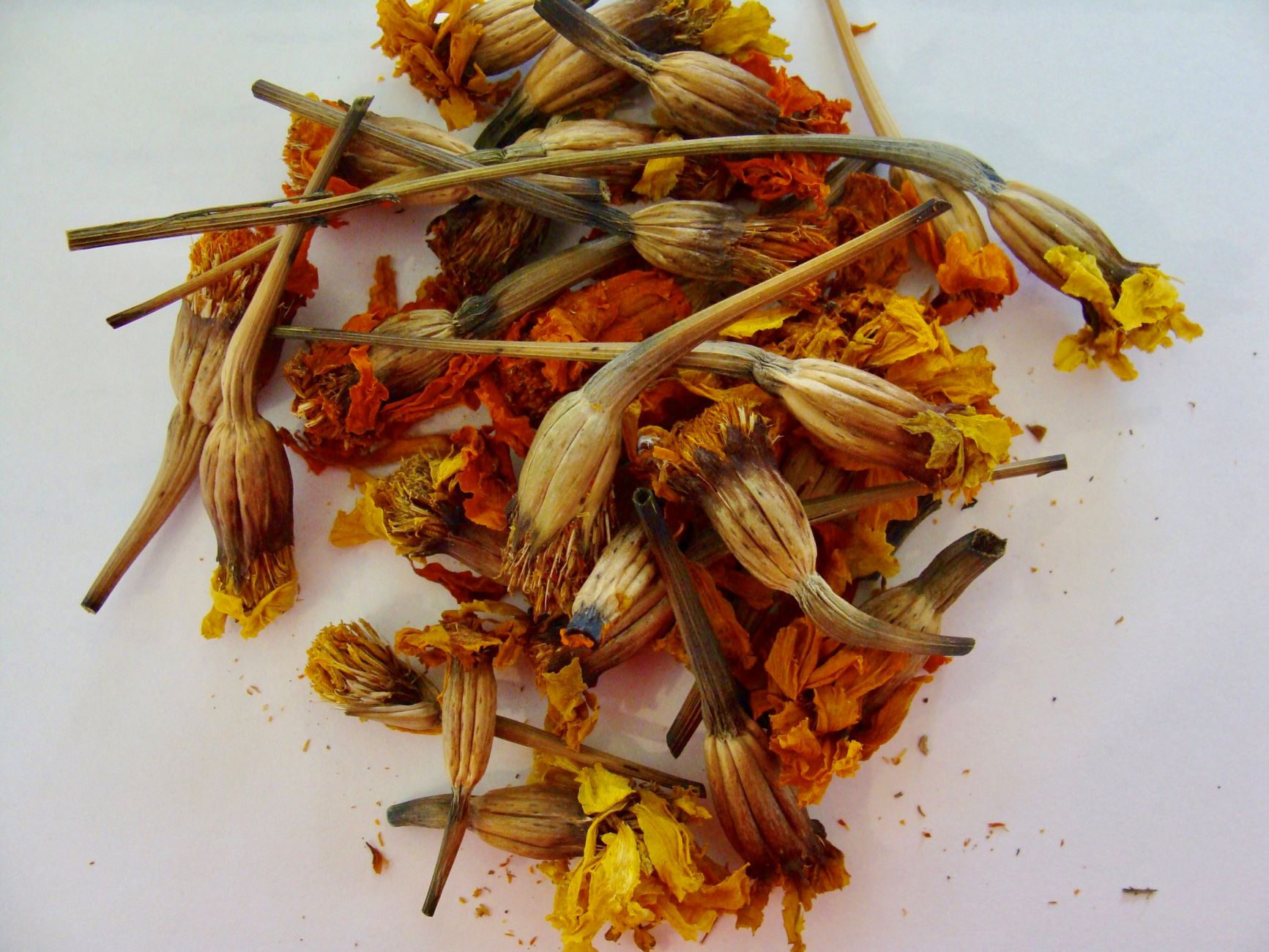
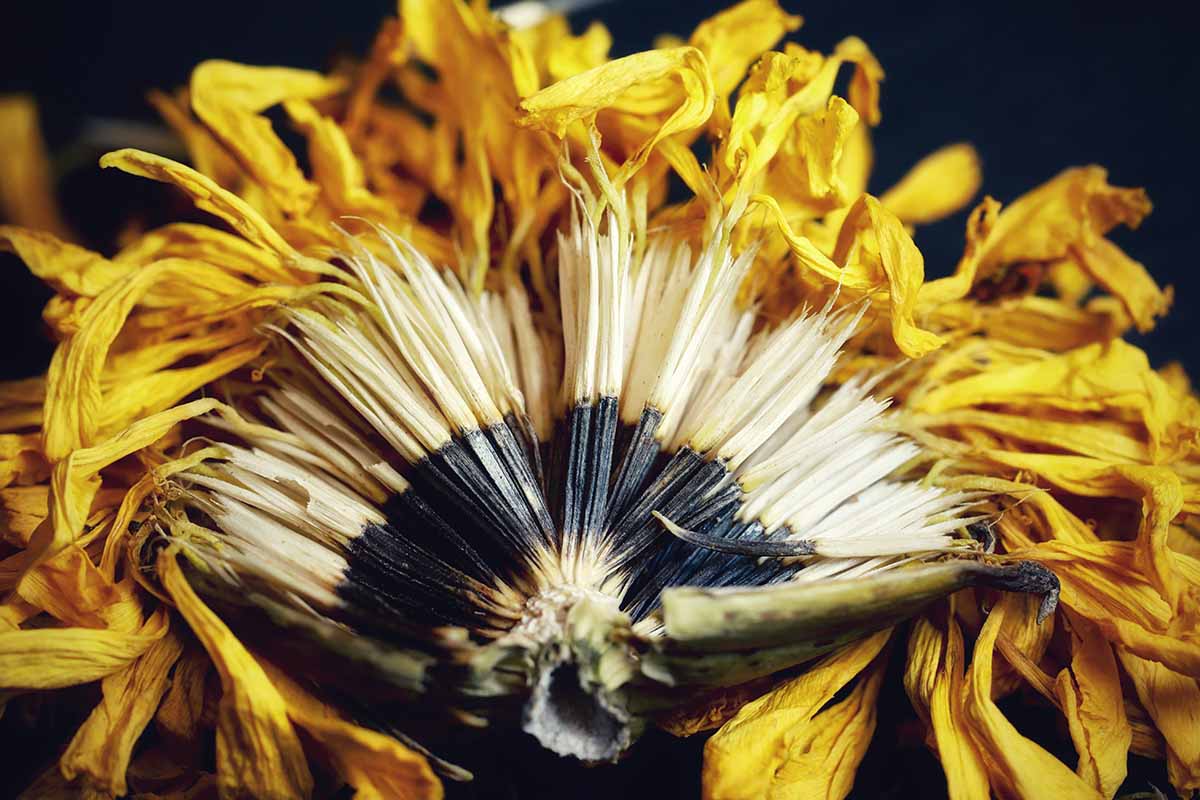
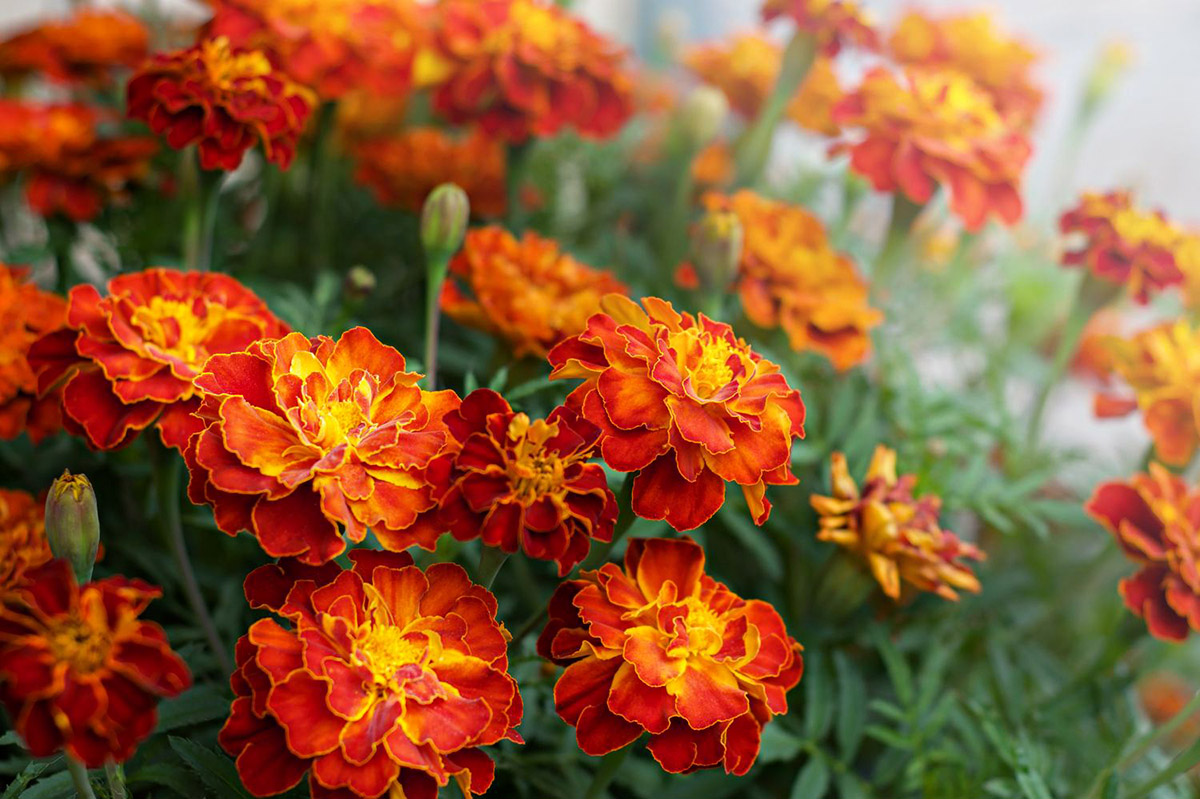
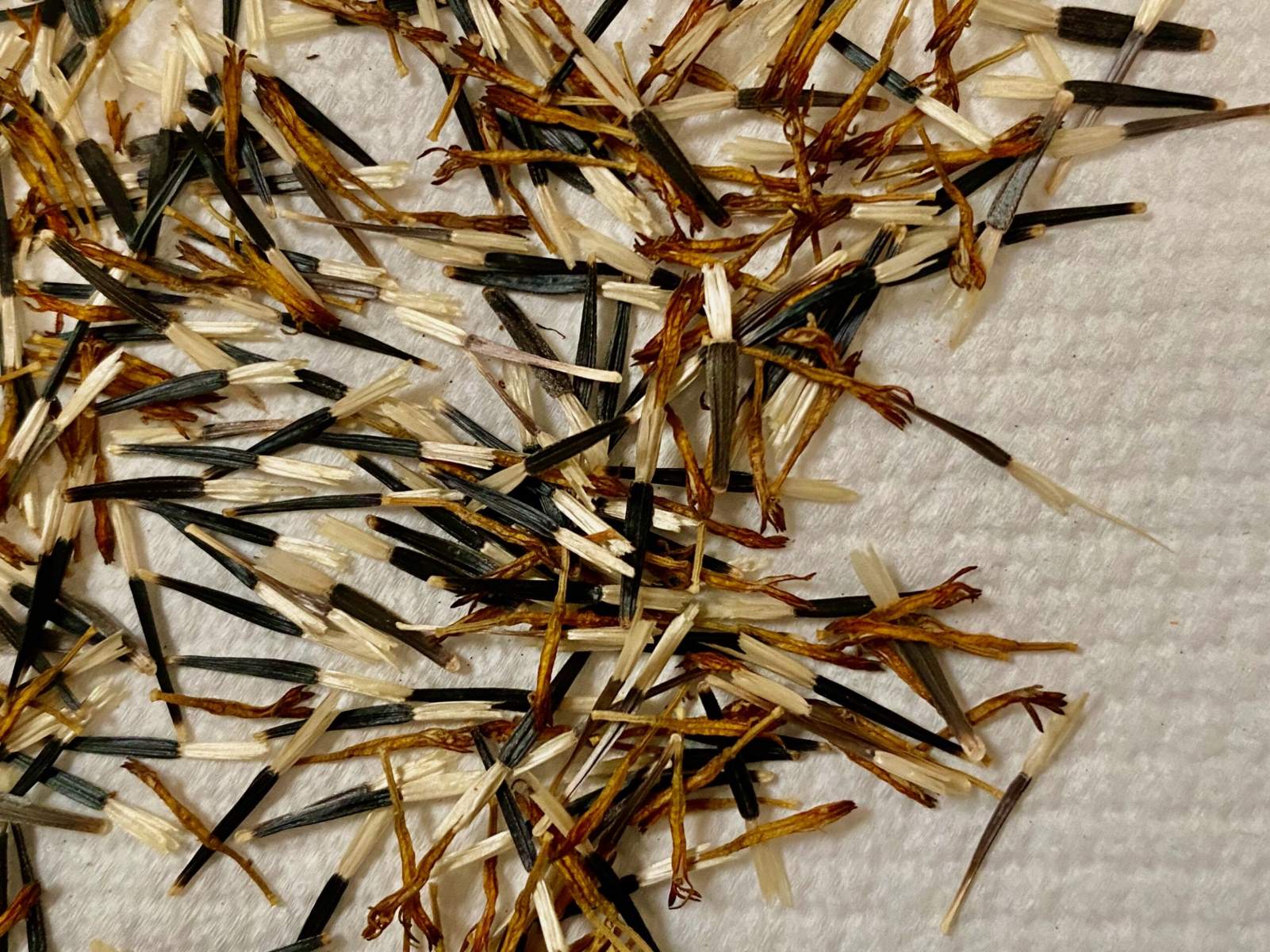
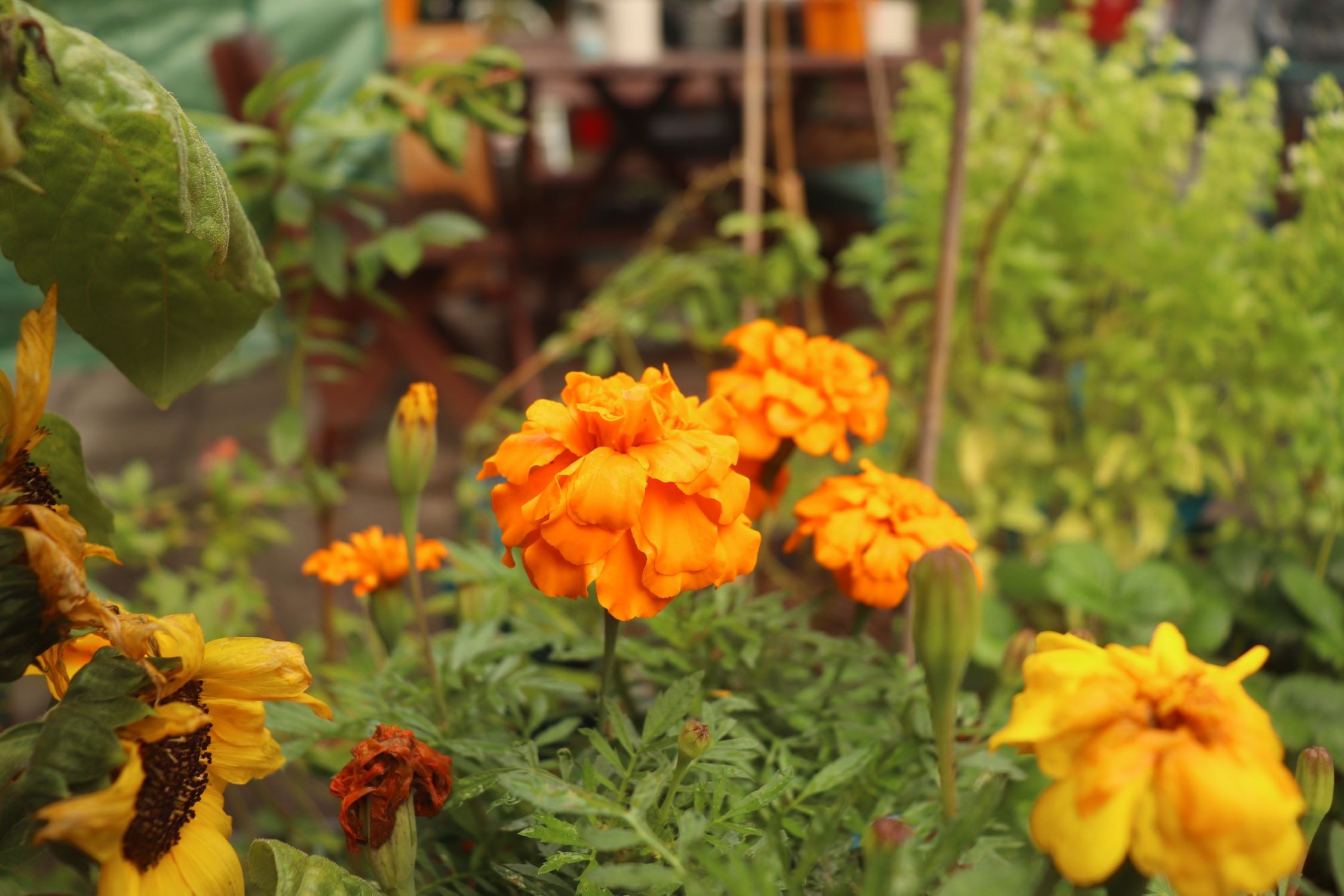
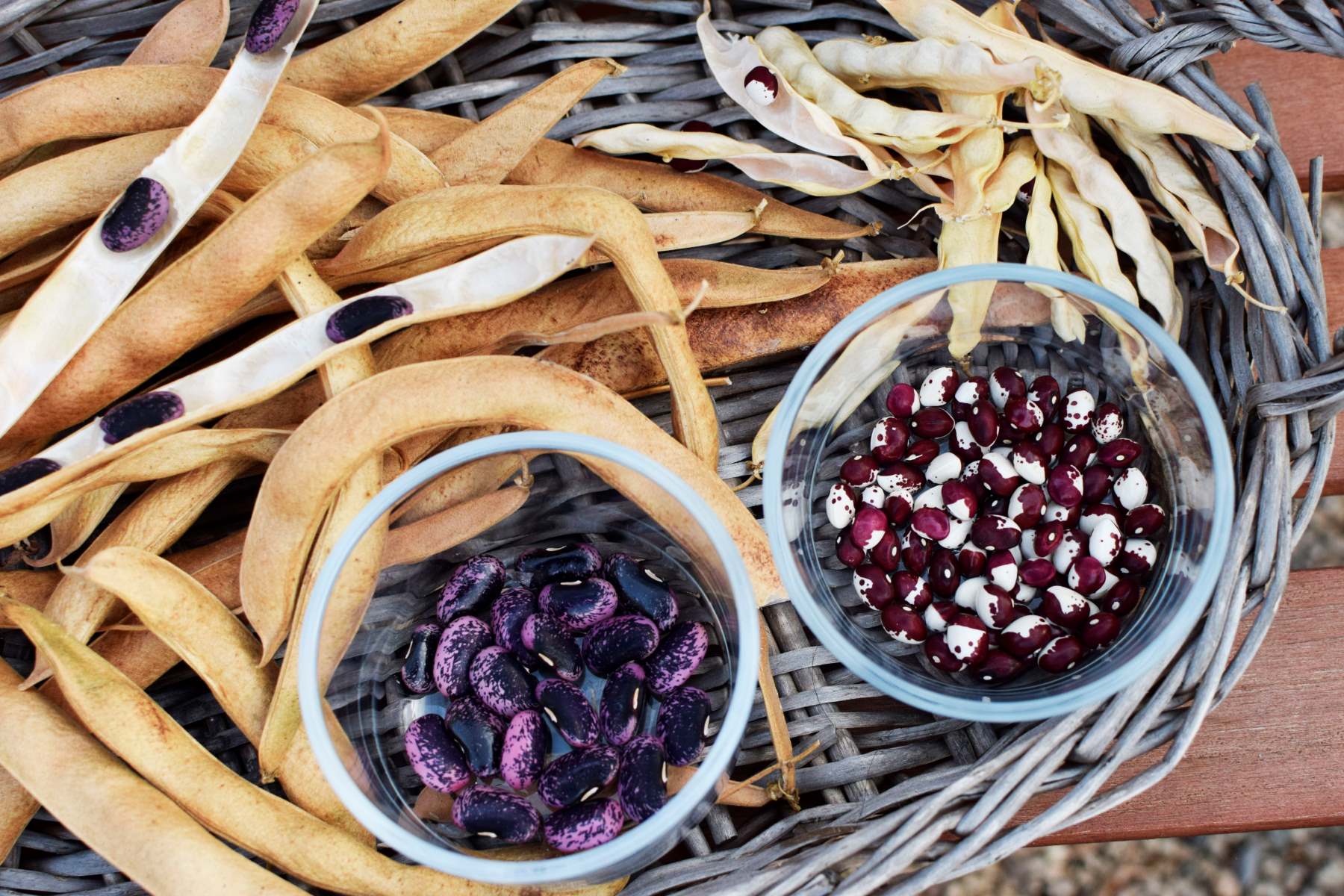
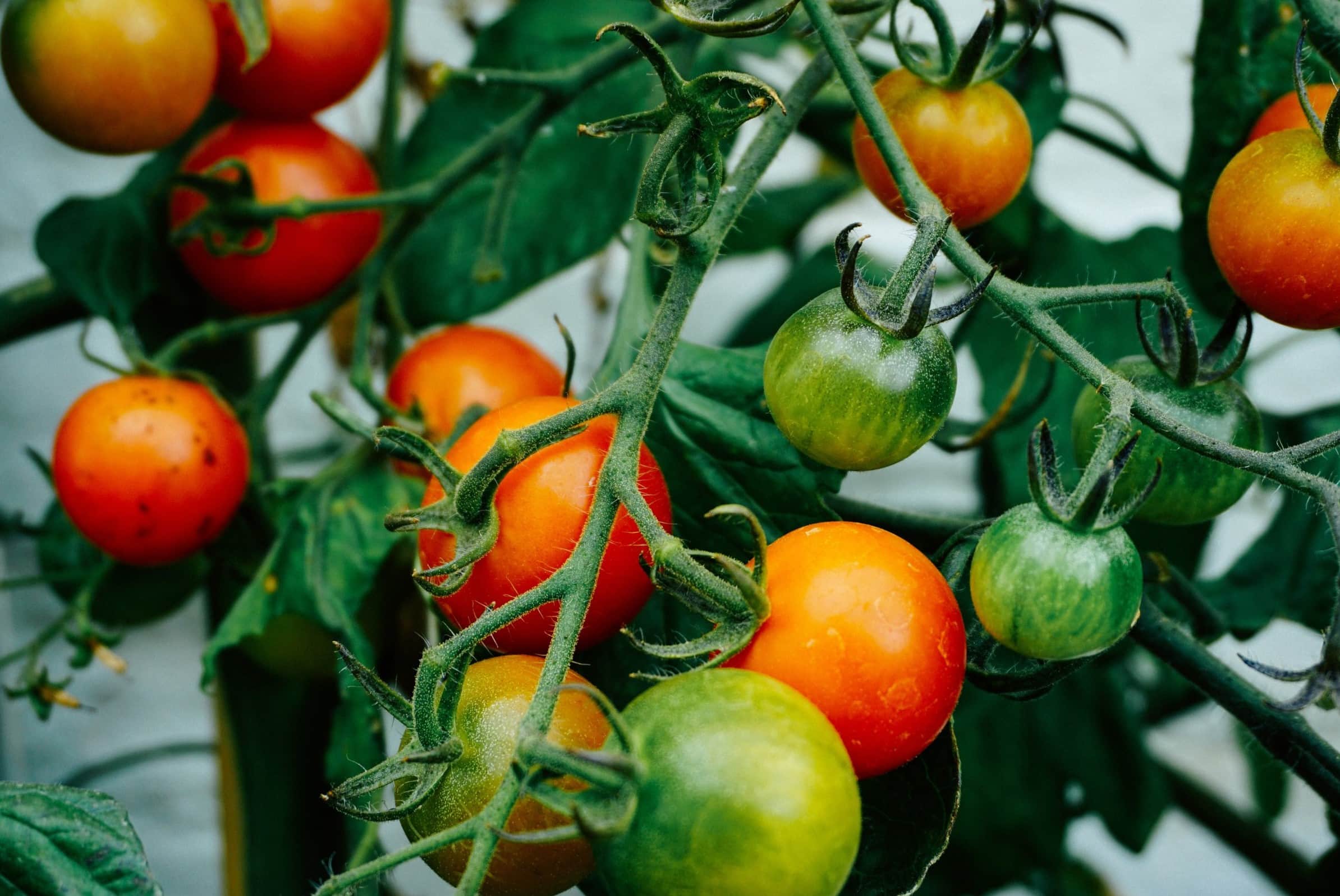

0 thoughts on “How To Store Marigold Seeds For Next Year”